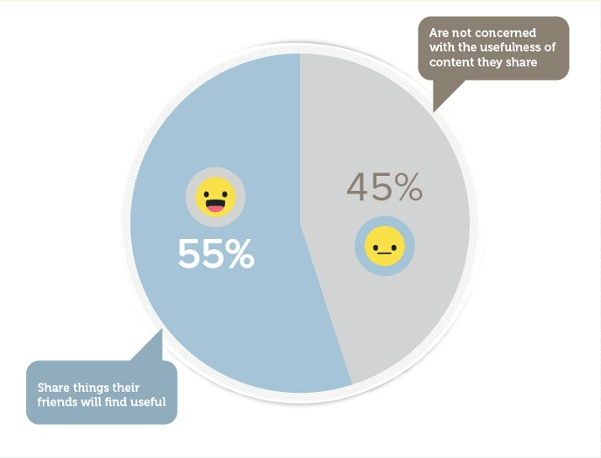

electricity demand in 2Q23 in our forecast is down about 1% from the same period last year. With inventories remaining above the five-year average in 2023, we expect natural gas prices to average less than $3.00/MMBtu for 2023, a more than 50% decrease from last year.

We forecast that the Henry Hub natural gas spot price will average about $2.65 per million British thermal units (MMBtu) in 2Q23 as natural gas inventories begin to rise. We forecast natural gas inventories will end the injection season (April–October) at 3.8 trillion cubic feet, 6% above the five-year average. Mild winter weather in the first quarter of 2023 (1Q23) resulted in natural gas inventories ending the withdrawal season (November–March) 19% higher than the five-year (2018–2022) average. This month we will release our inaugural Perspectives supplement, which discusses alternative scenarios for summer gasoline prices and how they affect our estimates of consumer spending. We forecast retail gasoline prices will peak between $3.50 per gallon (gal) and $3.60/gal in June and average about $3.50/gal throughout the summer season (April through September). Despite our higher price forecast, recent issues in the banking sector raise the potential that economic and oil demand growth will be lower than our forecast, which has the potential to result in lower oil prices. The higher price forecast reflects a forecast for less global production in 2023 and a relatively unchanged outlook for global oil consumption. The Brent crude oil spot price in our forecast averages $85 per barrel (b) in 2023, up $2/b from last month’s forecast. However, less production from OPEC was partly offset by a 0.3 million b/d increase in our forecast for Russia’s liquid fuels production over the rest of this year. Overall, we expect less global liquid fuels production this year than in last month’s STEO.

However, as a result of the announcement, we reduced our forecast of OPEC production by 0.5 million b/d for the rest of 2023. Our March STEO accounted for some declines in OPEC production in the coming months.

On April 3, OPEC and partner countries announced they would cut crude oil production by 1.2 million barrels per day (b/d) through the end of 2023. Where is this new tech war headed? How are other countries being impacted as a result? In what ways are they reassessing their relationships with the world’s largest economic superpowers? Join FP’s Ravi Agrawal in conversation with Wang for a discussion about China’s technological rise and whether U.S. And sometimes China’s strategy beats America’s. In response, China has accelerated its own efforts to develop its technological industry and reduce its dependence on external imports.Īccording to Dan Wang, a technology expert and visiting scholar at Yale Law School’s Paul Tsai China Center, China’s tech competitiveness is grounded in manufacturing capabilities. U.S.-led sanctions have imposed unprecedented limits on Beijing’s access to advanced computing c. Over the last few years, the United States has moved to limit China’s technological rise. Only FP subscribers can submit questions for FP Live interviews.


 0 kommentar(er)
0 kommentar(er)
